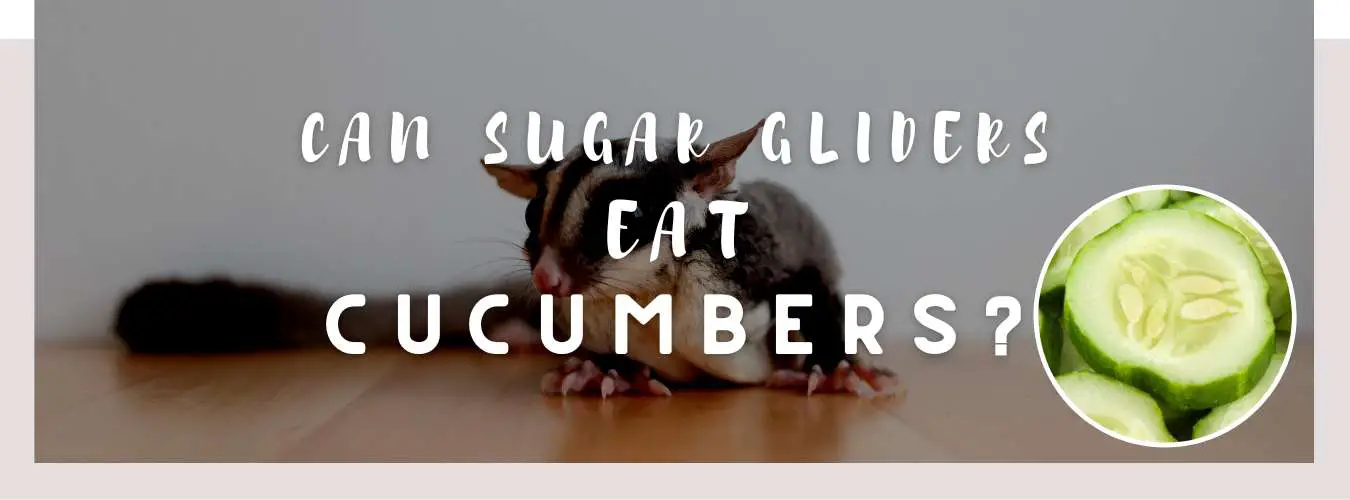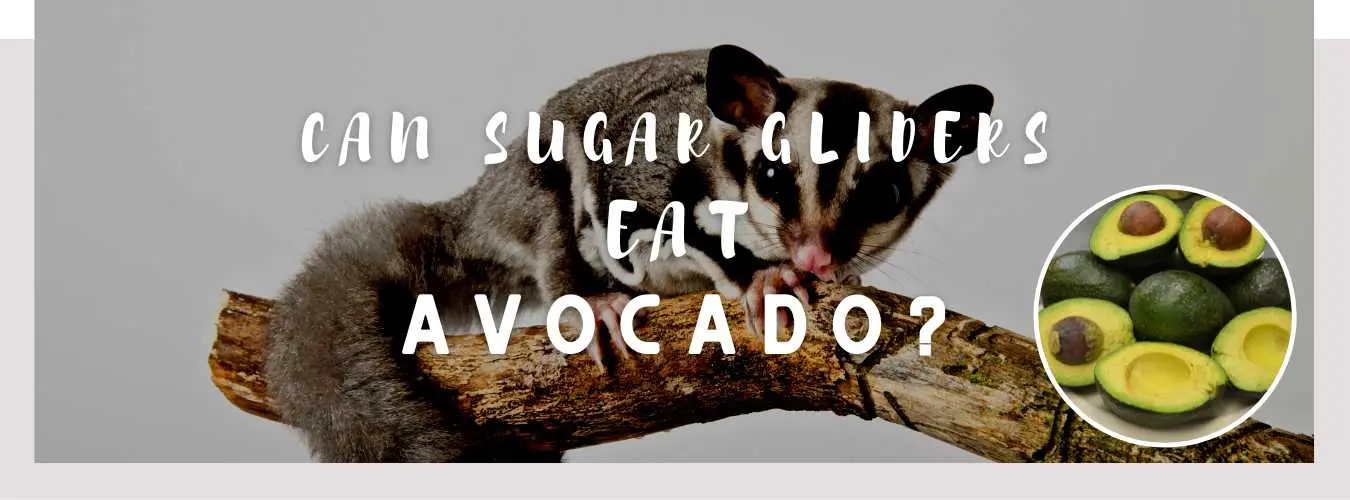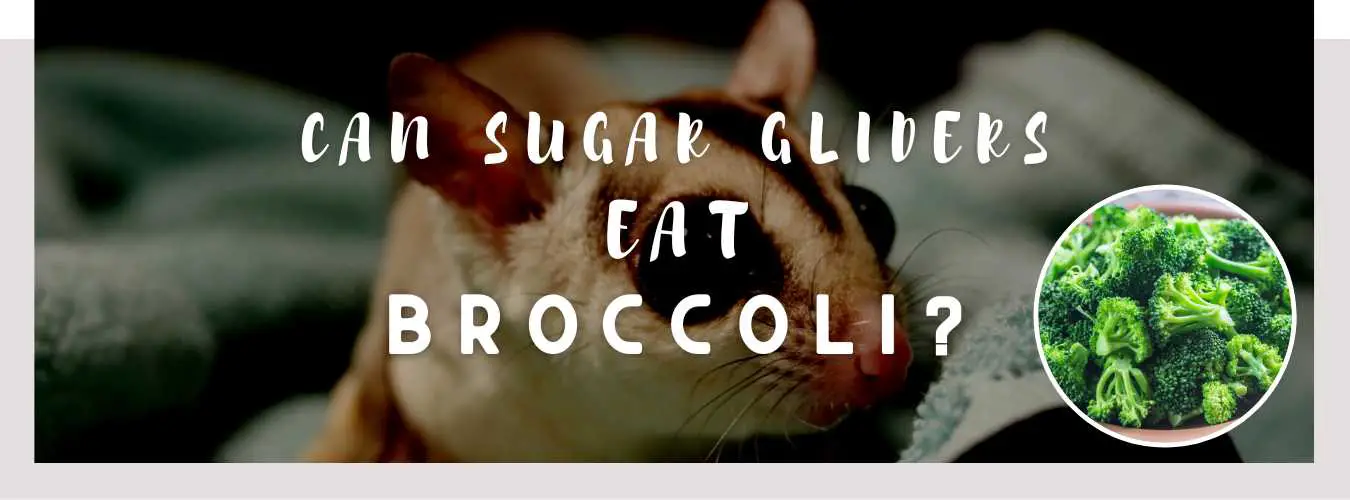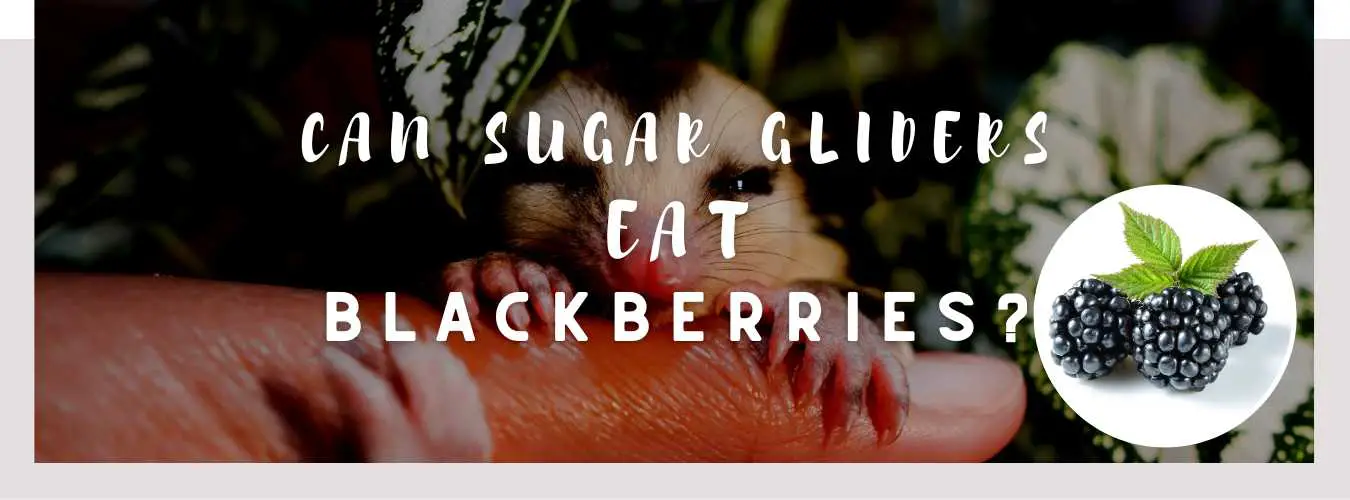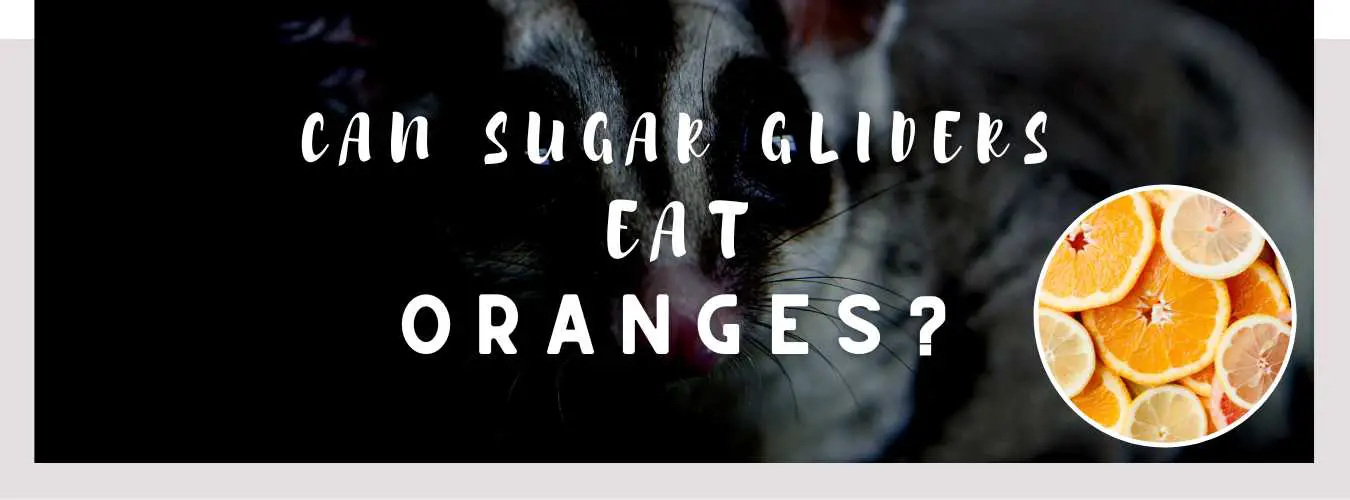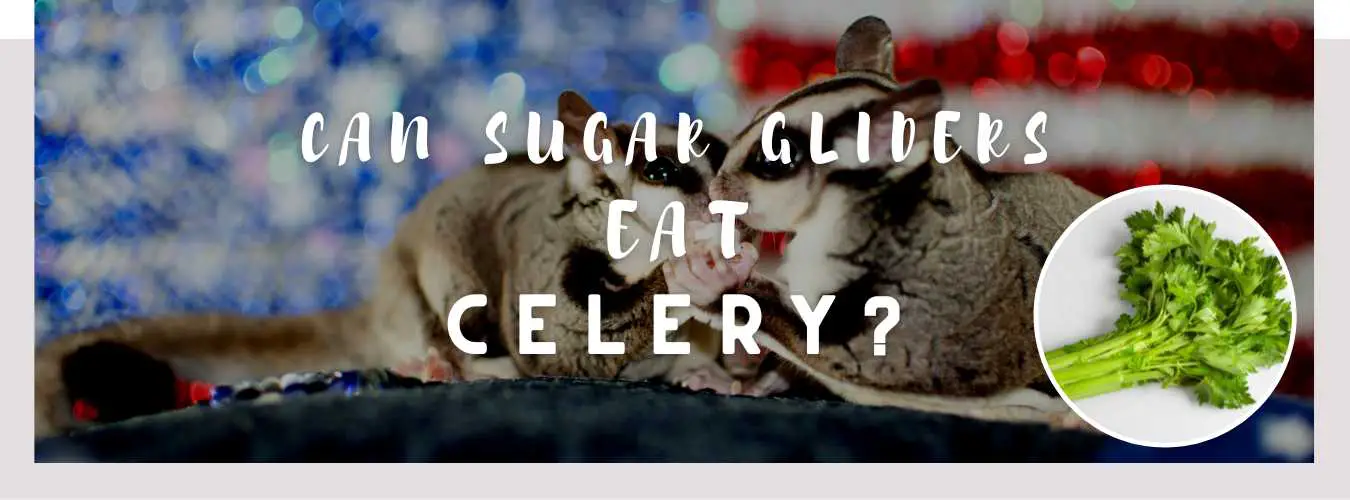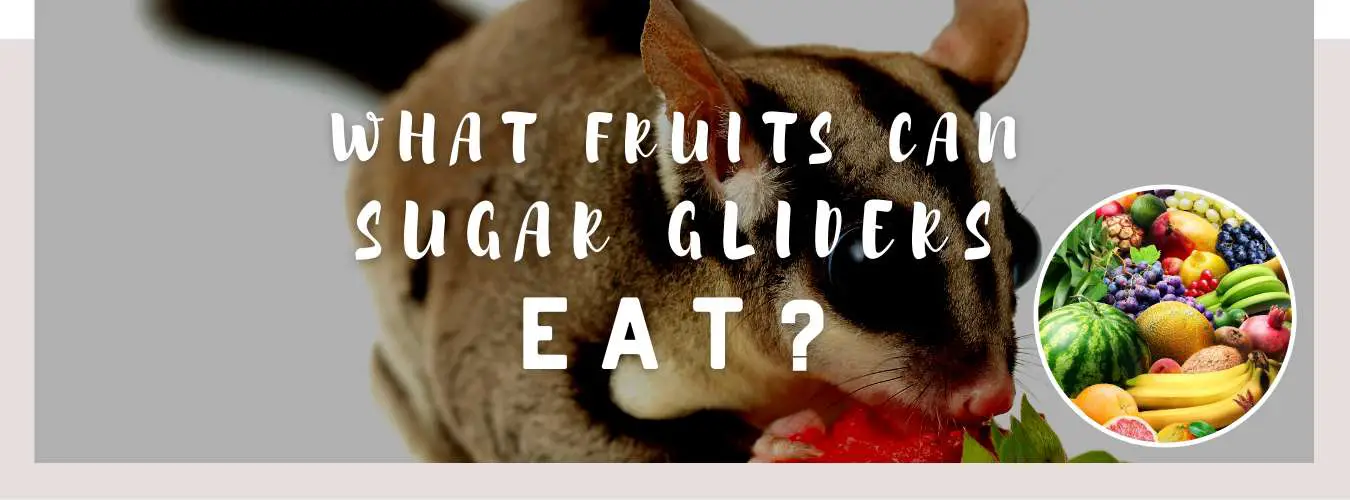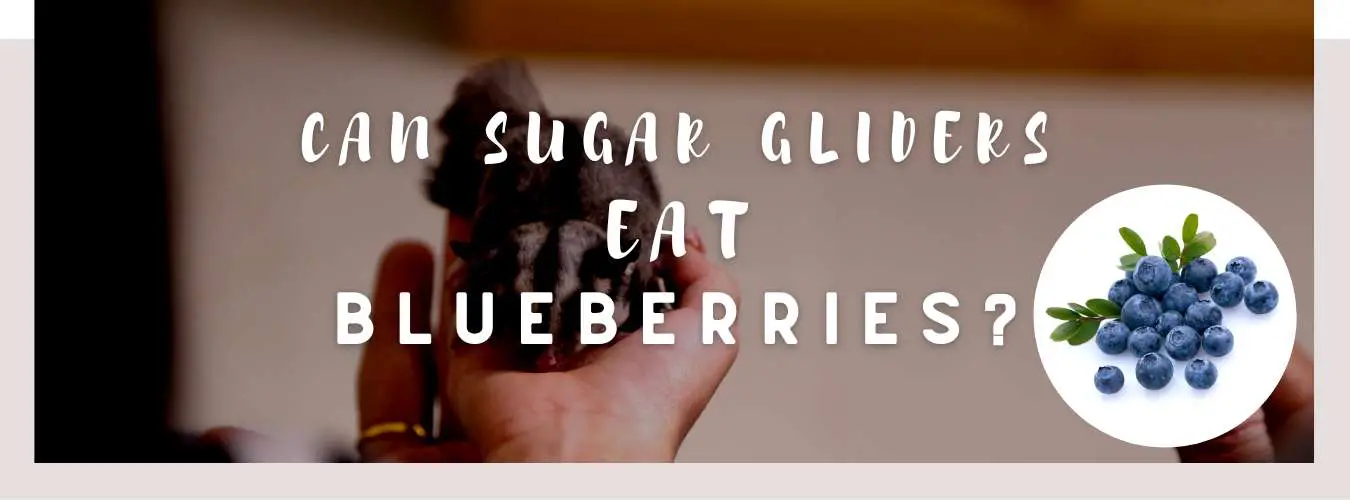
Sugar gliders, the small, nocturnal marsupials known for their playful antics and gliding abilities, have specific dietary needs that intrigue many pet owners. A common question among these enthusiasts is: “Can sugar gliders eat cucumbers?” This article aims to provide a comprehensive answer, exploring the benefits, potential risks, and nutritional aspects of feeding cucumbers to sugar gliders.
Before introducing cucumbers into a sugar glider’s diet, it’s crucial to understand their natural eating habits. Sugar gliders in the wild primarily consume nectar, fruit, and insects. This diet is rich in sugars, protein, and other nutrients essential for their health. Therefore, any addition to their diet, including cucumbers, should complement these nutritional needs.
Nutritional Profile of Cucumbers
Cucumbers are low in calories but high in water content, making them a hydrating snack. They contain vitamins such as Vitamin K, which plays a role in bone health, and Vitamin C, an antioxidant that supports immune function. Cucumbers also provide small amounts of dietary fiber, beneficial for digestive health.
Advantages of Feeding Cucumbers to Sugar Gliders
- Hydration: Due to their high water content, cucumbers can help keep sugar gliders hydrated, especially in warmer climates or during dry seasons.
- Low-Calorie Treat: Being low in calories, cucumbers are a healthy treat option that doesn’t contribute to obesity.
- Vitamins and Minerals: The vitamins present in cucumbers can supplement a sugar glider’s diet, supporting overall health.
Potential Risks and Considerations
While cucumbers can be a healthy addition, there are some considerations:
- Pesticides and Chemicals: Always wash cucumbers thoroughly to remove any pesticides or harmful chemicals.
- Choking Hazard: Cut cucumbers into small, manageable pieces to prevent choking.
- Nutritional Imbalance: Cucumbers should not replace the primary components of a sugar glider’s diet, as they lack sufficient protein and other nutrients.
You might also like: Can Sugar Gliders Eat Carrots?
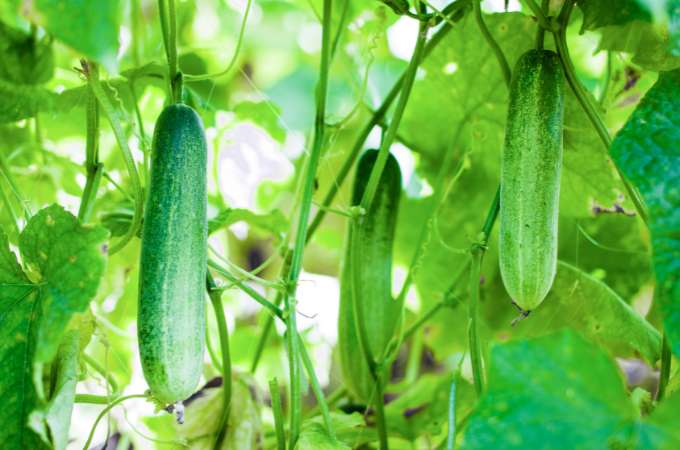
Recommended Quantity and Frequency
Cucumbers should be given as a treat, not a staple food. A small piece of cucumber once or twice a week is sufficient. Monitor your sugar glider’s reaction to cucumbers, as individual tolerance can vary.
Practical Tips for Introducing Cucumbers
- Start Small: Introduce cucumbers in tiny amounts to observe how your sugar glider reacts.
- Observe for Allergies: Watch for any signs of allergies or digestive issues.
- Mix with Other Foods: Combine cucumbers with other fruits and vegetables to provide a varied diet.
Incorporating Cucumbers into a Balanced Sugar Glider Diet
While cucumbers can be a beneficial treat for sugar gliders, it’s important to understand how they fit into a balanced diet. Sugar gliders thrive on a varied diet that mimics their natural food sources. This includes a mix of fruits, vegetables, protein sources like insects, and specialized sugar glider formulas available in the market. When adding cucumbers, consider them as part of the vegetable portion of the diet, which should not exceed 25% of the overall intake.
The Role of Fresh Produce in a Sugar Glider’s Diet
Fresh produce, like cucumbers, plays a vital role in providing essential nutrients and variety, which is key to keeping sugar gliders healthy and preventing dietary boredom. However, it’s crucial to balance these with other food groups. Over-reliance on any single food item, including cucumbers, can lead to nutritional deficiencies or excesses.
How to Serve Cucumbers to Sugar Gliders
When serving cucumbers, it’s not just about the quantity but also the presentation:
- Peel the Skin: If you’re unsure about the cucumber’s exposure to pesticides, peeling the skin is a safer option.
- Chop into Small Pieces: This makes it easier for sugar gliders to eat and reduces the risk of choking.
- Mix with Other Foods: Combine cucumbers with other fruits and vegetables for a diverse nutrient profile. This can include apples, melons, and leafy greens, which are also sugar glider favorites.
You might also like: What Can Sugar Gliders Eat?
Monitoring Your Sugar Glider’s Health

After introducing cucumbers, keep an eye on your sugar glider’s health and behavior. Signs of a well-balanced diet include good energy levels, a healthy coat, and regular, solid bowel movements. If you notice any changes in these areas, it may be necessary to adjust their diet.
Variety is not just important for nutritional balance but also for mental stimulation. Sugar gliders are intelligent, curious animals, and introducing new foods like cucumbers can provide enrichment. Rotate different fruits and vegetables in their diet to keep them engaged and interested in their food.
Understanding Sugar Gliders’ Unique Nutritional Needs
Each sugar glider is unique, and what works for one may not work for another. Some sugar gliders may have specific preferences or dietary needs. For instance, sugar gliders with a tendency to gain weight should have limited access to high-sugar fruits, while those needing more hydration may benefit from water-rich vegetables like cucumbers.
Final Thoughts
Incorporating cucumbers into your sugar glider’s diet can be a healthy choice when done correctly. Remember to always prioritize a balanced diet, introduce new foods gradually, and monitor your pet’s health. With these guidelines, cucumbers can be a safe and enjoyable treat for your sugar glider, contributing to their overall health and happiness.

